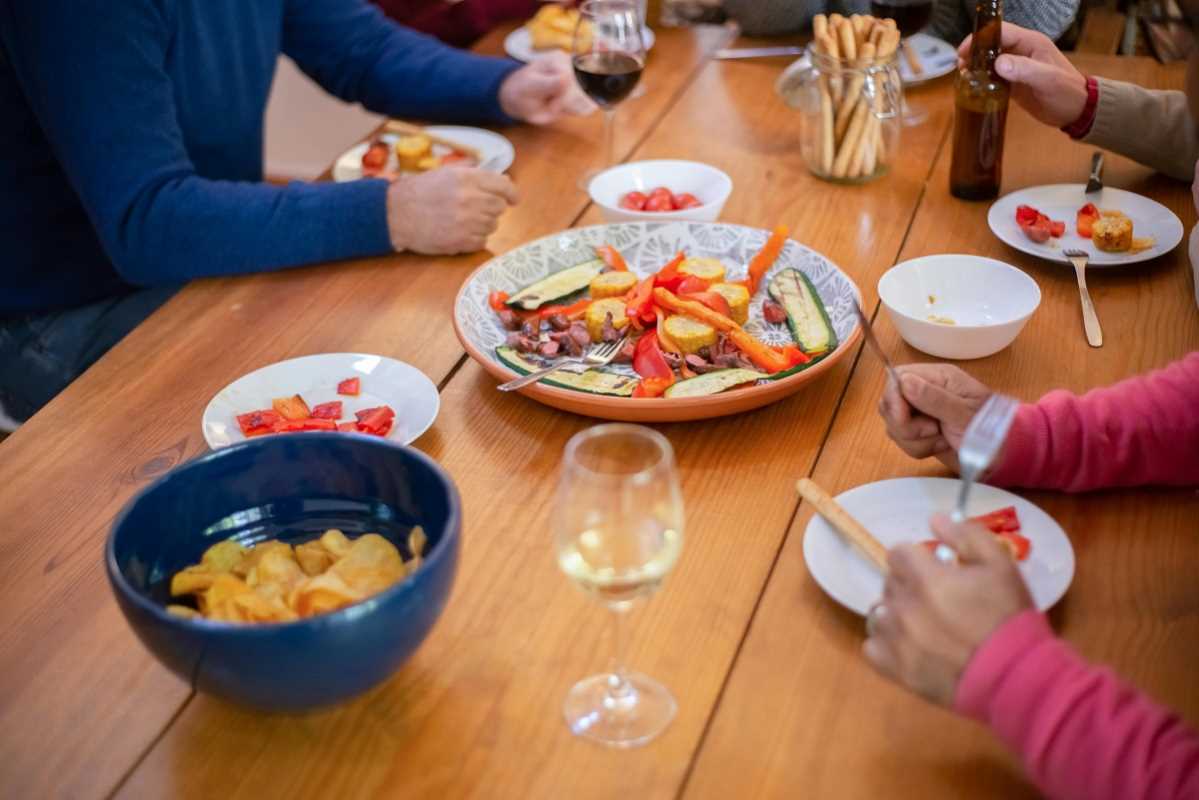Building a family is an exciting and often challenging journey, particularly for blended or chosen families. As these unique households take shape, they navigate a landscape of new emotions, shifting roles, and evolving traditions that define their story. Supportive and nurturing caregiving is the anchor that brings stability, focusing on creating strong, trusting relationships. By understanding how a child's past experiences influence their present feelings and actions, caregivers can respond with greater empathy and targeted guidance. We’ll explore effective strategies like the PACE model, maintaining consistency, and prioritizing self-care to ensure every household member can thrive. These principles aren't about achieving perfection but about fostering connection and growing together through the family’s evolution.
Strong Relationships: The Heart of Supportive Parenting
Supportive caregiving centers on tuning in to a child’s needs. This approach was inspired by work with kids who had tough early life experiences. Moving between families, changing routines, or coping with loss can make things more complicated. Kids may carry big feelings from their past, affecting how they interact or trust others when new people come into their lives.
Instead of just reacting to challenging moments, supportive caregiving looks for meaning behind each action. Acting out isn’t always about breaking rules; it could mean the child feels unsettled, worried, or misunderstood. Reading between the lines helps adults notice the message behind the behavior.
The goal is to make every child feel emotionally secure. This kind of bond allows children to develop confidence in themselves and their surroundings, forming the backbone for lifelong well-being. Small, positive moments add up. You're building a stable foundation for everyone, no matter how the family came together.
Pillars of Positive Parenting
Caregivers can foster harmony by practicing some key principles. These guidelines offer a helpful roadmap for bringing everyone closer and responding with kindness, understanding, and clarity in everyday life.
The PACE Approach
Developed by psychologist Dr. Daniel Hughes, the PACE method is one of the most celebrated ways to connect with kids. It stands for Playfulness, Acceptance, Curiosity, and Empathy. Each quality plays a role in making children feel understood and appreciated, even during tricky times.
- Playfulness: A cheerful, easygoing attitude can ease tension and spark joy. Laughter, gentle teasing, or a smile shows children that their company is valued, lowering anxiety and turning tough moments into opportunities for bonding.
- Acceptance: This means welcoming a child’s feelings and point of view without necessarily agreeing with unhelpful actions. Try saying, "It's okay to feel upset, but it's not okay to yell at your sister." Separating feelings from behavior helps kids know they’re accepted, no matter what.
- Curiosity: Taking an interest in what your child is experiencing, without leaping to judgment, opens the door to open conversations. A question like, "I noticed you seemed quiet today. Is something on your mind?” signals that you care enough to listen, not lecture.
- Empathy: Letting kids know you understand their emotions creates closeness. Phrases like, "That must be really hard for you," or "I’ve felt that way, too," reassure children that they aren’t alone in their struggles.
Security Through Structure
Blended and chosen families may juggle multiple routines as kids move between homes. Predictable schedules, agreed-upon boundaries, and united parenting approaches all help foster a sense of security. When children know what's expected and trust that things will stay steady, they’re better able to relax and open up.
Structure doesn’t mean strictness. Simple traditions (like shared meals, bedtime stories, or predictable after-school check-ins) offer comfort and help everyone know where they stand. When all the adults are united in their approach to rules, kids find stability rather than confusion or mixed messages.
Turning Principles into Practice
Understanding these ideas is just the beginning. Here’s how to make caring strategies part of daily family life in practical ways that work for blended or chosen households.
Emotional Regulation: Teamwork in Action
Big feelings can overwhelm children, especially in families adjusting to new people or routines. Adult caregivers can serve as calming guides. Instead of responding with frustration, lowering your voice or inviting a gentle pause helps both you and your child find calm together.
Try saying things like, "I can see how upset you are. Let’s take a deep breath together and talk about what’s bothering you." This models healthy coping and shows you’re present, not punitive, making it safer for children to share how they feel.
Why Self-Care Matters for Adults
Caring for others is rewarding, but it can also be exhausting. Tending to your own needs isn’t selfish; it’s necessary. Keeping your cool and offering steady support starts with being rested and emotionally balanced.
Find small ways to recharge, whether that’s going for a walk, spending time with friends, checking in with a trusted confidant, or simply enjoying some quiet time with a cup of tea. Lean on supportive relationships, attend a peer group, or talk to a counselor to share and process challenges. Everyone benefits when caregivers look after themselves, because showing up with patience and compassion becomes possible, even on tougher days.
Tackling Special Occasions and Complex Feelings
Family transitions can make birthdays, holidays, or big events more emotional for children. Kids might feel torn between wanting to make everyone happy, or feeling guilty about expressing joy with a new family member.
Help take the pressure off by talking about these days ahead of time. Invite your child to express their wishes or worries: "Sometimes it’s hard to have two families to think about. Let's come up with a plan that feels good to you." Start new rituals together, but keep space for past traditions that matter, too. Letting children know that all their feelings are welcome helps everyone celebrate together rather than apart.
Blended and chosen families offer endless opportunities for love, laughter, and growth. Each day is a fresh chance to create new memories and stronger bonds. Approaches like the PACE method, consistent routines, and emotional teamwork lay the groundwork for trust and understanding. Celebrating every step forward, however small, builds a resilient and joyful household where everyone can belong and shine. Your willingness to grow and learn together is the true heart of a thriving family story.
 (Image via
(Image via





